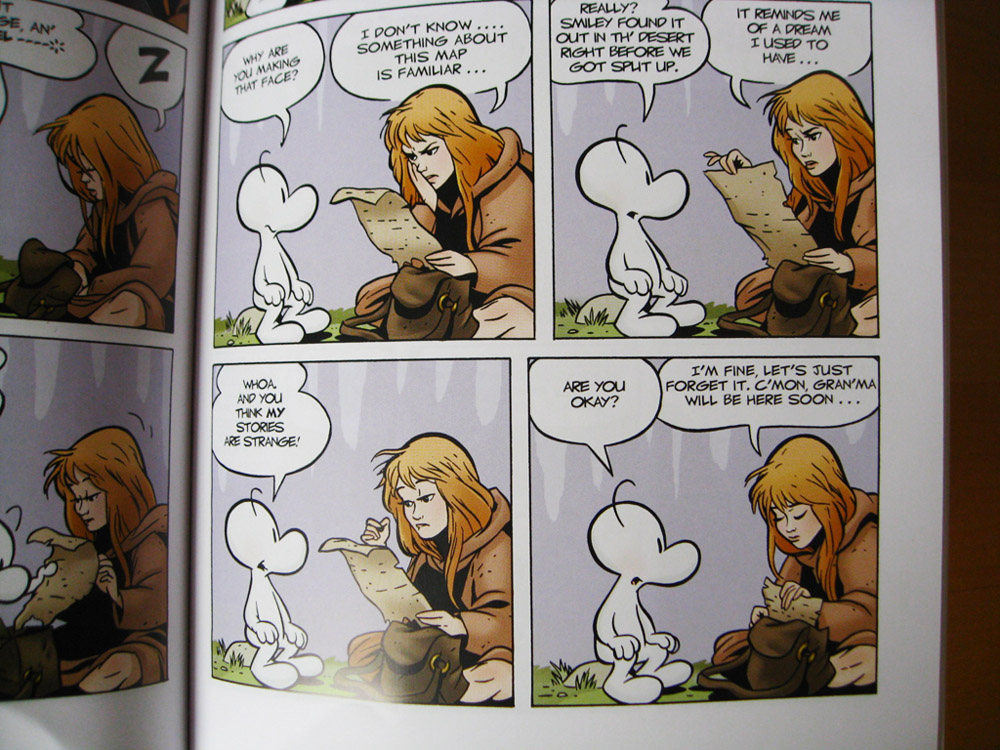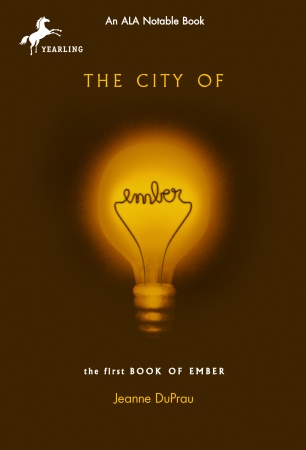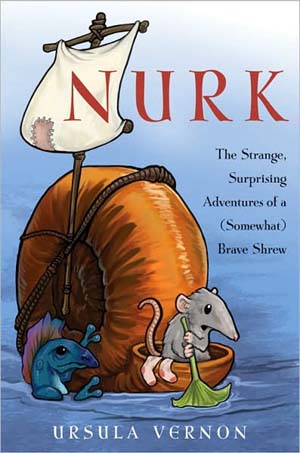Reviewer: Emera
As might have been suggested over the past couple months, I (and Kakaner too) was engaged in a full reread of Garth Nix’s Old Kingdom series in order to prepare for the arrival of Goldenhand, the latest book. Some thoughts , mostly high-level, somewhat scattered –
I.
Of the Old Kingdom series, I think Sabriel is the most formally perfect – it’s effortlessly swift and lean; not a single page feels narratively wasted. (There’s an undeniable parallel there to Sabriel’s own character, whereas the later books stretch in proportion to their protagonists’ adolescent angst.) Sabriel also benefits from first-in-the-series effect, where the world, magic, and tone feel most fresh and mysterious. Sabriel is a tiny, dark explosion in my heart; I feel I could read it three times in a row in one week and not get tired of it.
The endlessly oncoming thunderstorm that is the final few chapters is still one of the most spectacular and atmospheric climaxes I’ve read. Though I still remembered much of it with almost paragraph-by-paragraph clarity, this reread still left me wide-eyed and prickling with goosebumps.
Out of context, this probably isn’t as striking, but I’ve always loved this bit of scene-setting when they’re struggling to recover Kerrigor’s coffin – darkness and the Dead are coming –
Sunshine poured down between the trees, rich and golden, but already losing its warmth, like a butter-coloured wine that was all taste and no potency.
II.
Lirael is probably the fan favorite. When I saw Garth Nix speak last winter on the release tour for Goldenhand, he mentioned that he actually first wrote that book starting from the halfway point of its current form; his editor read it, and told him that he had to go back and tell more of Lirael’s younger years. Thank the Charter: Lirael without more Lirael is unimaginable. The book’s opening half is a paean to the sorrow of the out-of-place teenage woman. It was wrenching when I was that age, and I still think it’s sensitive, loving, and engrossing. It is also an unmissable exploration of one of my most most most favorite fictional settings, the Library of the Clayr, in which it makes perfect sense that all librarians ought to be steely women with swords, combat magic, and emergency clockwork mice.
I also really, really appreciate Sameth as the secondary protagonist (be it noted that in the Old Kingdom series, the male characters are always secondary), thanks to many years of struggling with a sense of myself as a useless person. Younger Emera found the women in the Old Kingdom almost deifically aspirational, and inspirational, while identifying with nervous, striving Sam. Thanks, Sam.
III.
Abhorsen is a slog. Is grim slogging a formal prerequisite of books involving an approaching cataclysm? Arguable, but I think the book also suffers from a general shapelessness, in addition to generically motivated villains (though I enjoy the necromancer Hedge purely on the basis of picturesqueness – he looks a lot like Peter Cushing in my head) and (this is Kakaner’s biggest gripe) an overabundance of nearly deus-ex-machina-level magical solutions. Nevertheless, the ending still makes me cry like a baby.
IV.
I talked about Clariel here, and the novellas here.
Goldenhand next!
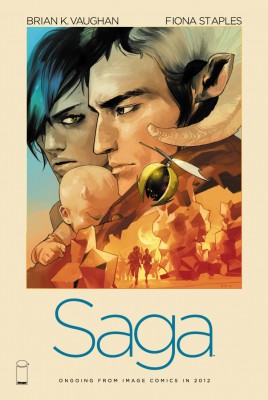
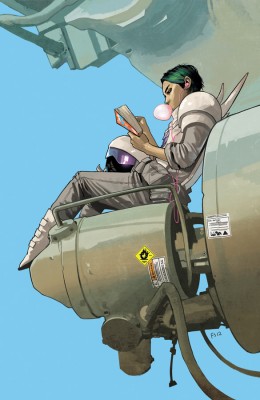

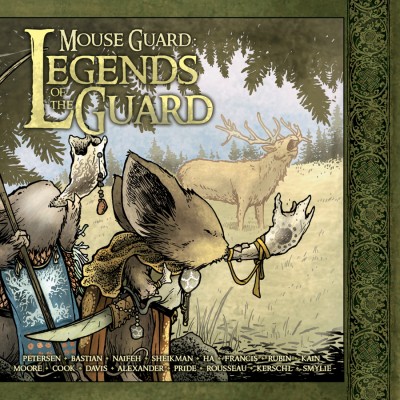
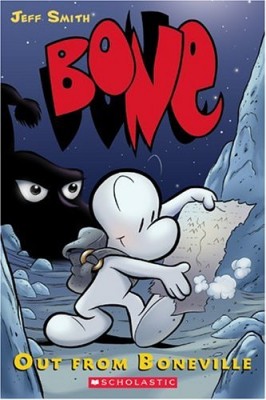 Bone, Volume 1: Out From Boneville
Bone, Volume 1: Out From Boneville